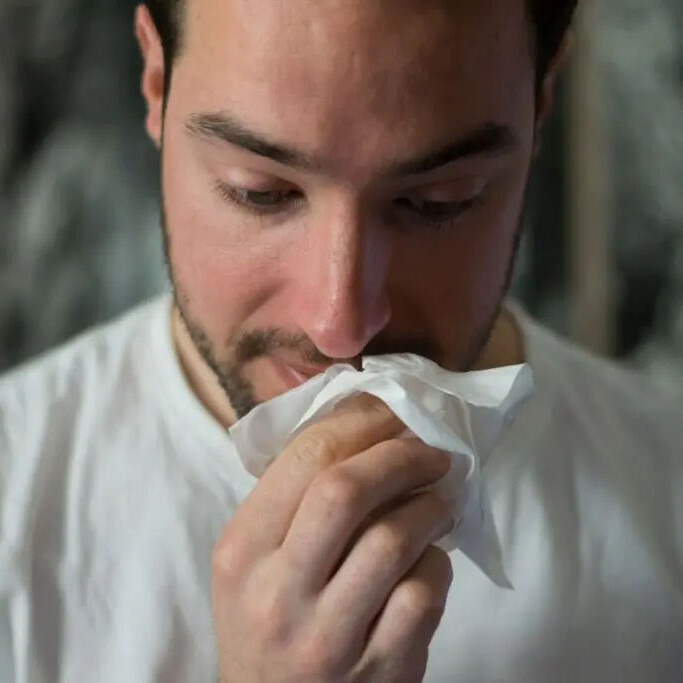It is common knowledge that spending long periods of time in a home that does not meet safety and quality standards can lead to health issues. But did you know there is a name for this? It's called the sick building syndrome. In this article, we will tell you how to recognize this phenomenon, and how to avoid the unpleasant consequences of this syndrome.
What is sick building syndrome?
The name kind of gives it away: sick building syndrome is a term used in situations where occupants or users of a building suddenly find themselves with all kinds of health complaints that are due to nothing but the building. In other words, just by being in the building, residents get sick.
The term was created by the World Health Organization, which released a research report in the 1980s with some curious results. Namely, they found that 30% of all newly built and renovated homes make residents sick. In doing so, they made the important observation that sick building syndrome does not usually occur in just one individual, but in a group of people. Thus, it does not manifest itself only in single individuals, but often affects several people in the same building.
The most common symptoms of sick building syndrome
The symptoms of sick building syndrome can vary widely and are generally considered non-specific and mild, but they can still be perceived as unpleasant. They show similarities to the symptoms of an allergic reaction or prolonged work stress.
Below is an overview of the most common complaints:
- (Severe) fatigue,
- Dizziness
- Nausea
- Dry or stinging eyes
- An irritated nose and/or throat
- Coughing and/or sneezing
- A nasal cold
- Fever
- Breathing problems and a pressing sensation in the chest
- Headache
- Dry and/or itchy skin
- Results
- Concentration problems and decreased productivity
- ...

Just because the symptoms are so common, it is difficult to tell if they are from sick building syndrome. It is only when several people in the same building experience these symptoms at the same time that you can speak of sick building syndrome with more certainty.
The causes of sick building syndrome
Sick building syndrome can occur in one particular room, or the entire building can cause you to get sick. Some of the most common causes are poor or lack of ventilation, high humidity due to moisture problems or chemical contamination from building materials, for example. Insufficient daylight can also lead to the health problems described above.
Solving sick building syndrome
The causes of sick building syndrome do not disappear on their own.
- Check indoor air quality and humidity regularly to identify and address potential problems. This is where air quality monitors can give you a hand.
- To achieve good air quality, ventilation is a must. Provide adequate ventilation in the building. This can be done simply by opening a window or door on a regular basis, or you can delegate this task to a ventilation system.
- If you notice that the humidity remains too high and does not decrease, it is advisable to call in a moisture expert. This expert can identify the moisture problem and suggest the most appropriate solutions to address the problem.
- Use only building materials and furniture that do not emit toxic substances. Choose environmentally friendly and sustainable materials whenever possible.
Are you facing a moisture problem? Our field engineers are true experts when it comes to this moisture problem. Contact AquaConsult now For a no-obligation free expertise.
Request more information and brochure
Answer the questions below and get more information and our brochure based on them.



